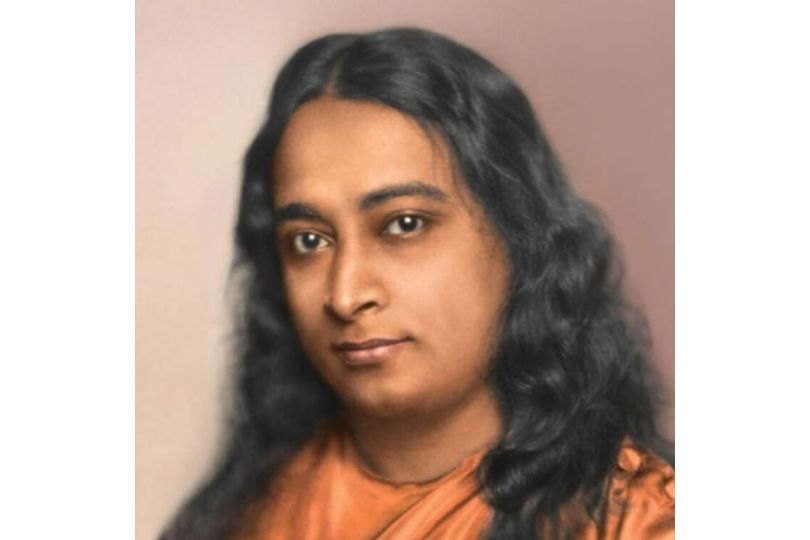Anisur Rehman, a writer, former professor, and translator, traces the journey of ghazals in his book
on Feb 08, 2022
.jpg)
Anisur Rehman, writer, and translator, a senior adviser to the Rekhta Foundation, who was formerly professor and head of English at Jamia Millia Islamia University, enlightened people on his latest compilation of ghazals in his book ‘Hazaron Khwahishen Aisi’ in an online session hosted by Majha House.
Rehman is a bilingual poet who has numerous books to his credit, said his book traces the journey and history of ghazals down the decades. The conversation was moderated by Dr. Gurupdesh Singh, former professor of English, GNDU, Amritsar. Discussing the popularity of the ghazal across the countries ever since the genre was created in the 6th century, Dr. Gurupdesh stated that the genre was famous not only in Arabia, Turkey, or Persia but in Europe as well.
Anisur elucidated: “Many respected American poets like Adrian Rich adopted this genre and it was so fascinating to others that many popular Australian poets like Judith Wright also wrote ghazals. The challenge was to limit the thought to only two lines — the couplet. But their initial efforts were technically not spot on, so they started learning the form of the ghazal, its rhythm, the kafiya, the madiha, and so on.” While Ghazals, he added, has also served different purposes. “Urdu ghazal pulls you to itself because of its mellifluousness and rhythm. It is a fallacy that ghazals are only about the beauty of the beloved, waxing eloquent about the hair and the face. Urdu ghazals have been the vehicle of protest too and served many different purposes”.
Talking about the genesis of the book Anisur explained he was lucky to learn four languages — Hindi, English, Urdu, and Arabic. “I could read the ghazals in their original languages and thus started my affair with ghazals in different languages. This affair culminated in this book, which is a labour of love and has taken me years to complete.”
He also talked about how he translated the ghazals keeping the rhythm, the syllables and the kafiya, and how he chose 65 poets out of thousands, who have graced the ghazal since the 16th century to the present ones. “The secret was to find a keyword in the original and to bring that keyword or refrain into the translation, all the while maintaining the syllable pattern and rhyme and rhythm of the original. I had to see which poets are poets of ghazals or nazms. For this, I had to leave out popular poets such as Sahir and include Majrooh Sultanpuri.”



.jpg)






.jpg)

.jpg)
.jpg)

.jpg)
.jpg)
.jpg)










Sorry! No comment found for this post.